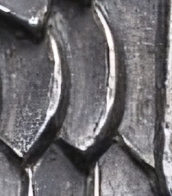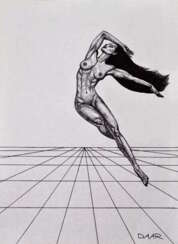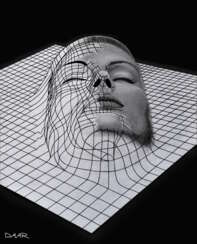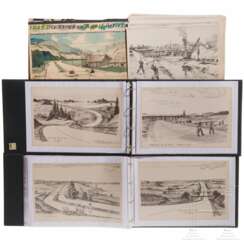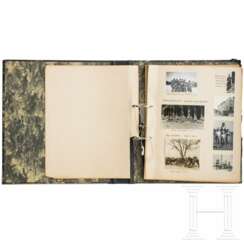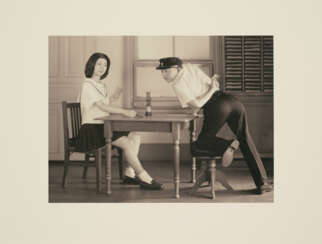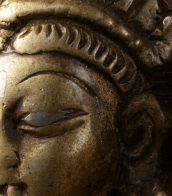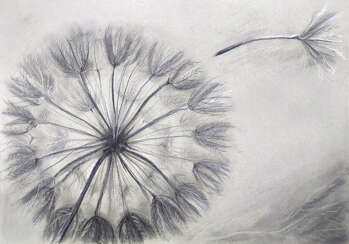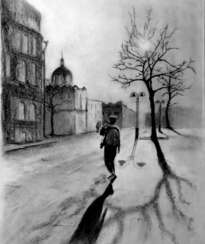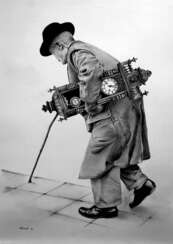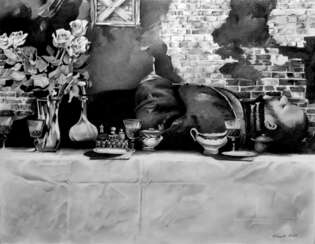6374 Items by auctions and galleries:
graphic
DANCER. Graphics. Maria Daar
Maria Daar (b. 1989)  Shop Daar Maria
Shop Daar Maria

Maria Daar
25.06.1989
Russia
I'm a beginner artist from Russia. I'm working in various techniques and various materials. I like to experiment, to try new topics. I mostly draw graphics, because I like clear lines and a rigid composition. I try to develop and learn anyway. I hope that my work inspires a positive, inner and outer development of a person.

Artist shop
Daar Maria
Russia
Number of products: 6
MAN IN THE SUN. Graphics. Maria Daar
Maria Daar (b. 1989)  Shop Daar Maria
Shop Daar Maria

Maria Daar
25.06.1989
Russia
I'm a beginner artist from Russia. I'm working in various techniques and various materials. I like to experiment, to try new topics. I mostly draw graphics, because I like clear lines and a rigid composition. I try to develop and learn anyway. I hope that my work inspires a positive, inner and outer development of a person.

Artist shop
Daar Maria
Russia
Number of products: 6
PORTRAIT WITH BUTTERFLY. Graphics. Maria Daar
Maria Daar (b. 1989)  Shop Daar Maria
Shop Daar Maria

Maria Daar
25.06.1989
Russia
I'm a beginner artist from Russia. I'm working in various techniques and various materials. I like to experiment, to try new topics. I mostly draw graphics, because I like clear lines and a rigid composition. I try to develop and learn anyway. I hope that my work inspires a positive, inner and outer development of a person.

Artist shop
Daar Maria
Russia
Number of products: 6
DREAMS. Graphics. Maria Daar
Maria Daar (b. 1989)  Shop Daar Maria
Shop Daar Maria

Maria Daar
25.06.1989
Russia
I'm a beginner artist from Russia. I'm working in various techniques and various materials. I like to experiment, to try new topics. I mostly draw graphics, because I like clear lines and a rigid composition. I try to develop and learn anyway. I hope that my work inspires a positive, inner and outer development of a person.

Artist shop
Daar Maria
Russia
Number of products: 6
Lot 89 Hisaji Hara. A study of 'The Room' (from: A Photographic Portrayal of the Paintings of Balthus)
A1279: Beyond the Mainstream – A Rhenish Collection 

VAN HAM Kunstauktionen GmbH
A1279: Beyond the Mainstream – A Rhenish Collection
Date: 20.11.2025 18:00 UTC +01:00
Number of lots in the catalog: 103
Lot 90 Hisaji Hara. A study of 'The Game of Cards' (from: A Photographic Portrayal of the Paintings of Balthus)
A1279: Beyond the Mainstream – A Rhenish Collection 

VAN HAM Kunstauktionen GmbH
A1279: Beyond the Mainstream – A Rhenish Collection
Date: 20.11.2025 18:00 UTC +01:00
Number of lots in the catalog: 103







